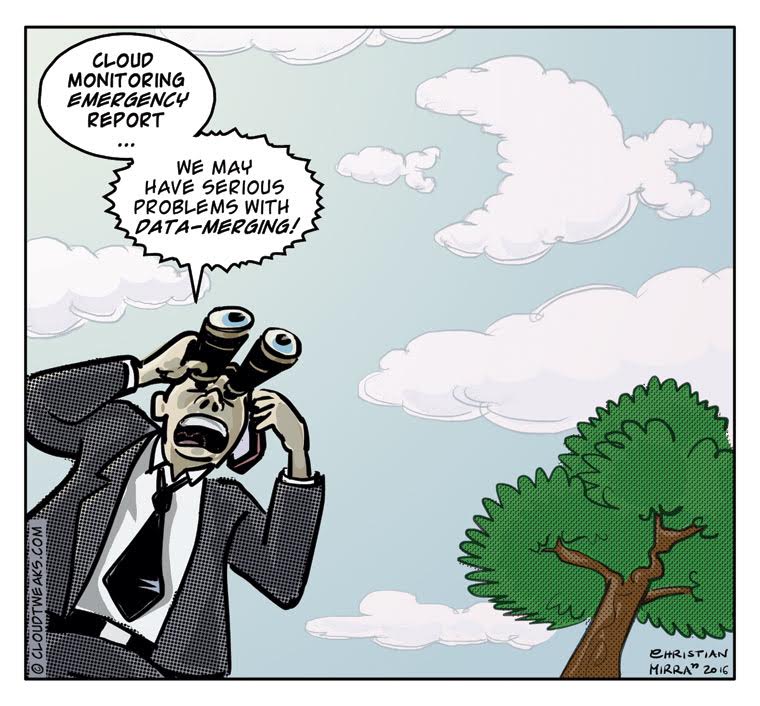
Data scientists are, first and foremost, problem solvers. But new problems can’t always be solved with old tricks.Currently organizations in every industry are experiencing overwhelming challenges, many of them emerging from shifts to digital, the need to instantly deliver new service models, or better meet changing customer priorities. This demands a commitment to lifelong learning, arguably one of the most important factors shaping any data scientist’s career. And a jumping off point into accelerating continuous data literacy.Ronald van Loon is a SAS partner, and is an advocate for the power of ongoing education in helping to expedite solution development for data practitioners like data scientists, data analysts, data engineers, or ML engineers. He constantly witnesses the challenges organizations across every domain are facing, and understands why lifelong learning is essential to addressing these problems.
From a business perspective, data literacy is a critical topic, one that continuously arises as organizations strive to become more digitally-driven. A foundational enabler for organization-wide digital transformation, for example, is enhancing data literacy amongst different teams and roles.
Naturally for a data scientist, this is a top priority. Uncertain markets, dynamic business environments, increasing data growth, and the need to enhance innovation and agility all becomes linked to data science. After all, businesses need their data scientists to help them not only survive these challenges, but transform them into data-driven decision-making, opportunities, and competitive advantages.
Optimizing Data Literacy
In recent years, there’s been more responsibility placed on businesses and organizations to encourage skill development in data literacy and help employees across every discipline learn to analyze data.
One of the key reasons behind this is because as more companies adopt new technologies embedded in data platforms, they require more business users to understand how to utilize these systems to help promote stronger data governance, security, and privacy.
Data literacy also encompasses:
- Understanding how data applies to various people, departments, and business lines.
- Effectively creating, procuring, cleaning, and managing data.
- Analyzing data, including filtering, aggregating, and comparing data.
- Understanding what data represents and how to apply it to solve specific business problems.
- Questioning data, and not simply accepting it at face value.
For a data scientist, data literacy is a skill that’s often taken for granted. But the ability to read and understand data in a variety of contexts is truly a transformative capability, particularly in an era of constant disruption and evolving technologies.
A common challenge in many organizations is figuring out which data combinations are most useful, addressing data management gaps, and getting rid of data that doesn’t offer much value or use. This optimizes and speeds up data sourcing and organization for analytics processes. Yet many data scientists or IT engineers who manage data don’t always perform this valuable role.
This is one area where a data scientist can tighten up their skills through continued education and solve a distinctive challenge. One option is to take a course in data curation and strengthen data management capabilities and knowledge with resources like the DataFlux Data Management Studio tool offered by the SAS Academy for Data Science.
It’s important to note that data literacy isn’t the same as being tool proficient. A data scientist with advanced statistical skills isn’t going to generate meaningful insights if they don’t connect business context or incorporate specific domain competencies. For example, a data scientist might be able to successfully read and understand data, but not have an understanding of where it originated.
The optimal balance for data literacy lies at the junction between individual skills and capabilities, tools, and data. Lifelong learning can help data scientists close the gaps across these elements so they can better prepare for fluctuating business and market dynamics, and continuously produce reliable results from analytics.
Business Challenges in Growing Industries
Let’s take a closer look at a couple of industry challenges to demonstrate how data literacy can help overcome specific obstacles.
Healthcare
One of the fastest evolving industries today is healthcare, where factors growing demand for value-based care, and need for faster drug discovery cycles are leading to rapid adoption of artificial intelligence (AI) and machine learning (ML) solutions.
In medical imaging, AI is used to enhance diagnostic accuracy, augment physicians and radiologists, and improve patient care delivery. Certain obstacles can arise though from both the models and industry-specific challenges. Factors like uncertainty, interpretability, false associations, over-fitting, and system barriers impede the potential use of these AI-based solutions in real-world clinical environments. Addressing these kinds of challenges could involve continued study in computer vision, deep learning (DL) algorithms, and convolution and recurrent neural networks to help optimize image recognition capabilities and extend conventional solution programming.
eCommerce and Retail
Businesses must be able to rapidly fulfill customer needs through solutions like optimized Inventory Management, which ensures product availability for sales and monitors things like warehouse stock quantity.
These businesses need to forecast demand levels and effectively manage fluctuating demand according to anticipated patterns in sales and make correlations between trends and relationships across the supply chain. During crisis or uncertainty, this becomes even more challenging. Working out some of the modeling challenges in a virtual modeling studio, such as the Model Studio in SAS Viya, can help data scientists improve ML models for forecasting.
Education Options for Lifelong Data Literacy
A key aspect of data literacy is preparing for the future of work. Demand for technological skills, both interacting with technology and coding, is projected to grow more than 50%, while complex cognitive skills will be increasing by a third.
Interestingly, the future of work calls for workforce changes like reskilling and upskilling to help people adapt to either new roles or gain new capabilities for their current roles. For example, operationally and asset intensive domains like transportation and manufacturing, and roles like claims processing and maintenance, are facing more aggressive automation-induced changes than many other sectors, which affects skill requirements. This is something for industry and business professionals to keep in mind as they consider different options to take to intensify their data literacy skills.
Now, to explore some other options to enhance data literacy according to different interests:
- For those interested in marketing, consider looking into data warehousing and data mining techniques, like predictive modeling or pattern discovery.
- For those interested in robotics, agriculture, or autonomous vehicles, look into educational options in computer vision, such as image analysis and reinforcement learning.
- If you’re looking to augment your data science work with a better grasp of choosing, deploying, and managing models, then exploring more training in AI and ML is ideal.
Many of these options are available in the SAS Academy for Data Science, where data professionals can acquire or enhance their skills with tools like SAS, which works with many open source tools like Hadoop, Python, Hive, and other programs, making it a versatile skill for practicing data scientists.
Lifelong Learning is the Data Scientist’s Path to Success
Every area of life is impacted by data. The world is only becoming more digitally and virtually dependent, and data literacy skills must flourish alongside these changes so that data can benefit every cornerstone of daily life, regardless of the context.
Data literacy opens new doors, potential, and opportunities, and is a skill that should be enriched, whether that’s data applications, data techniques, or data communications.
By Ronald van Loon




